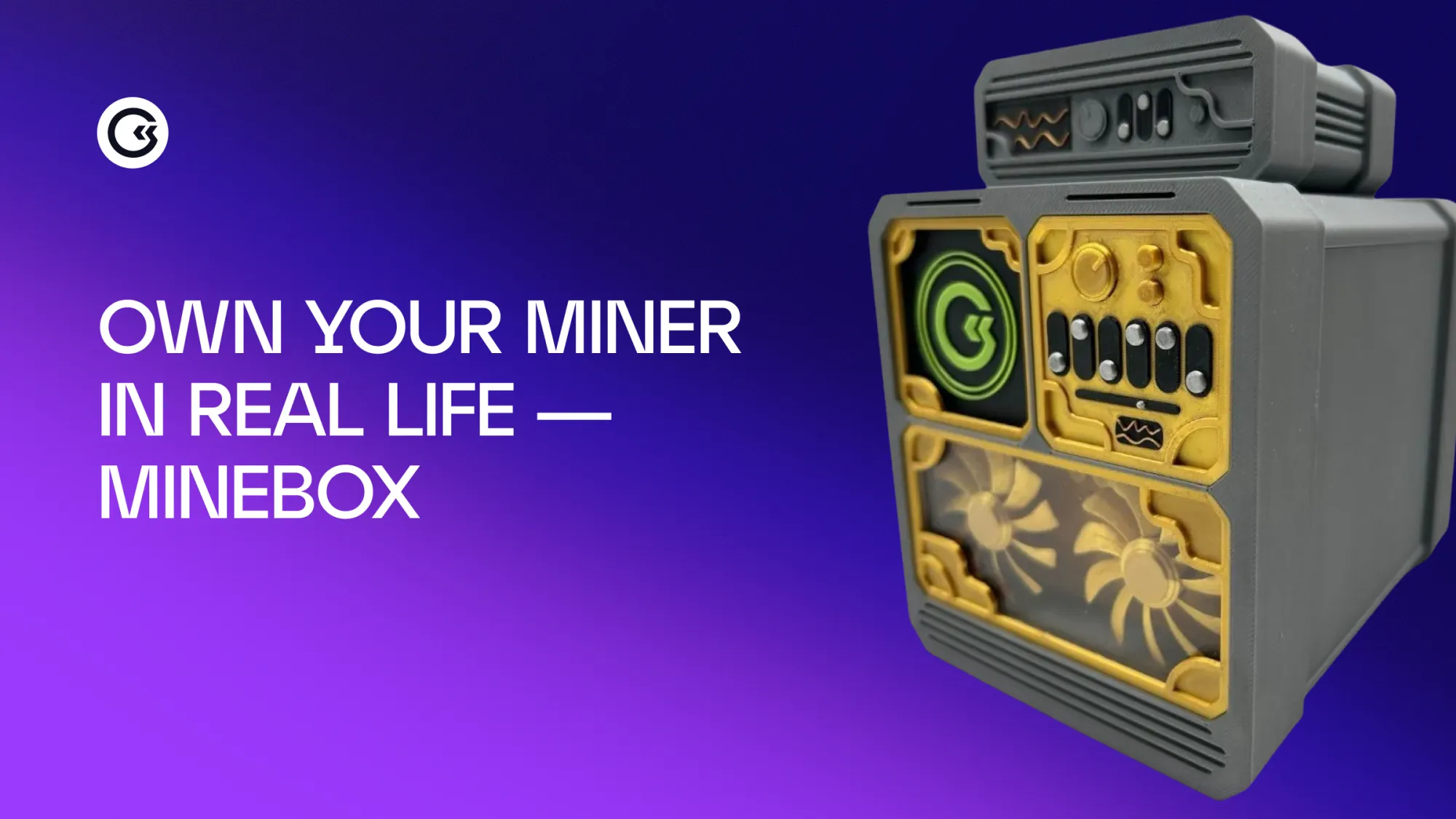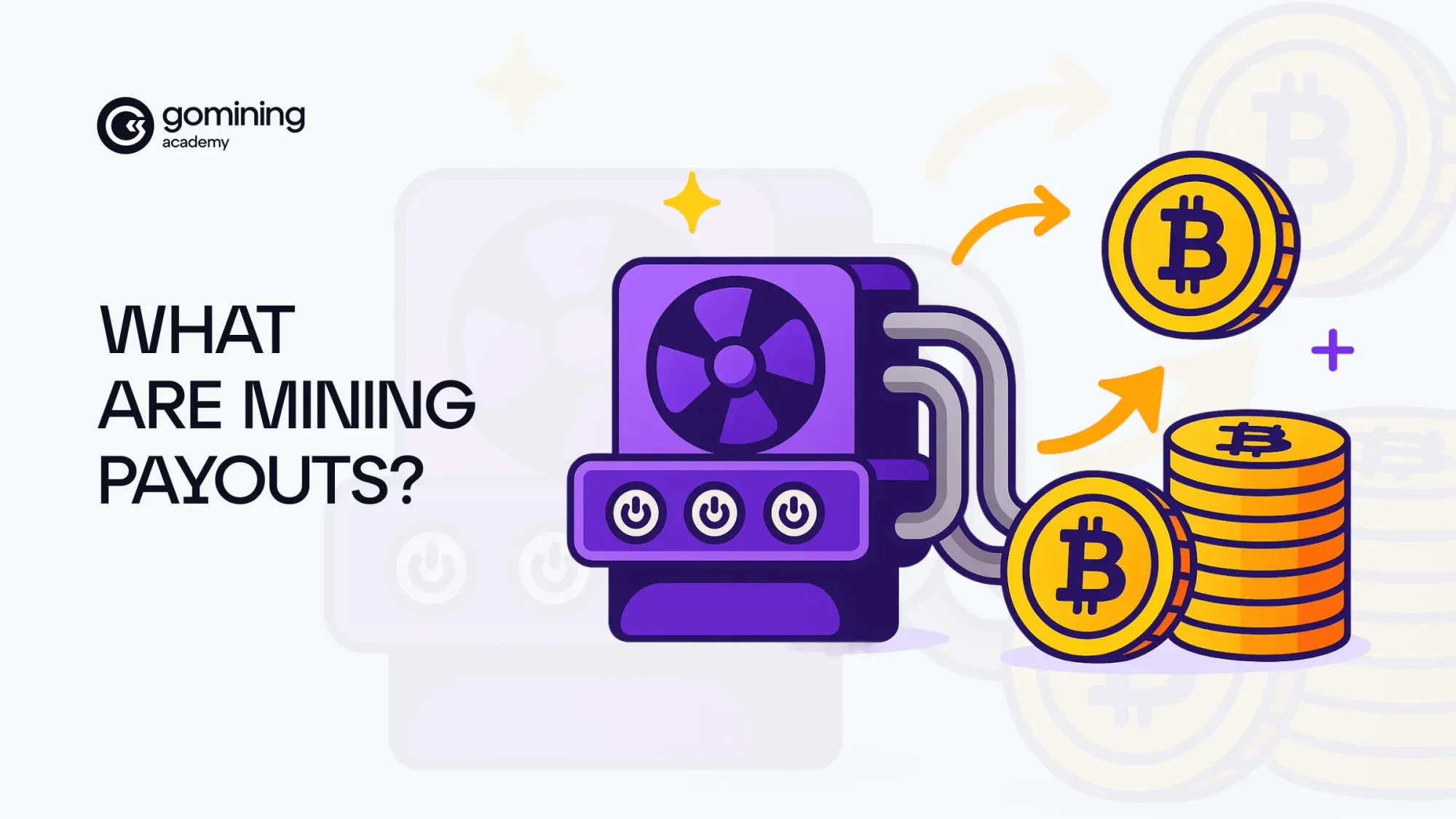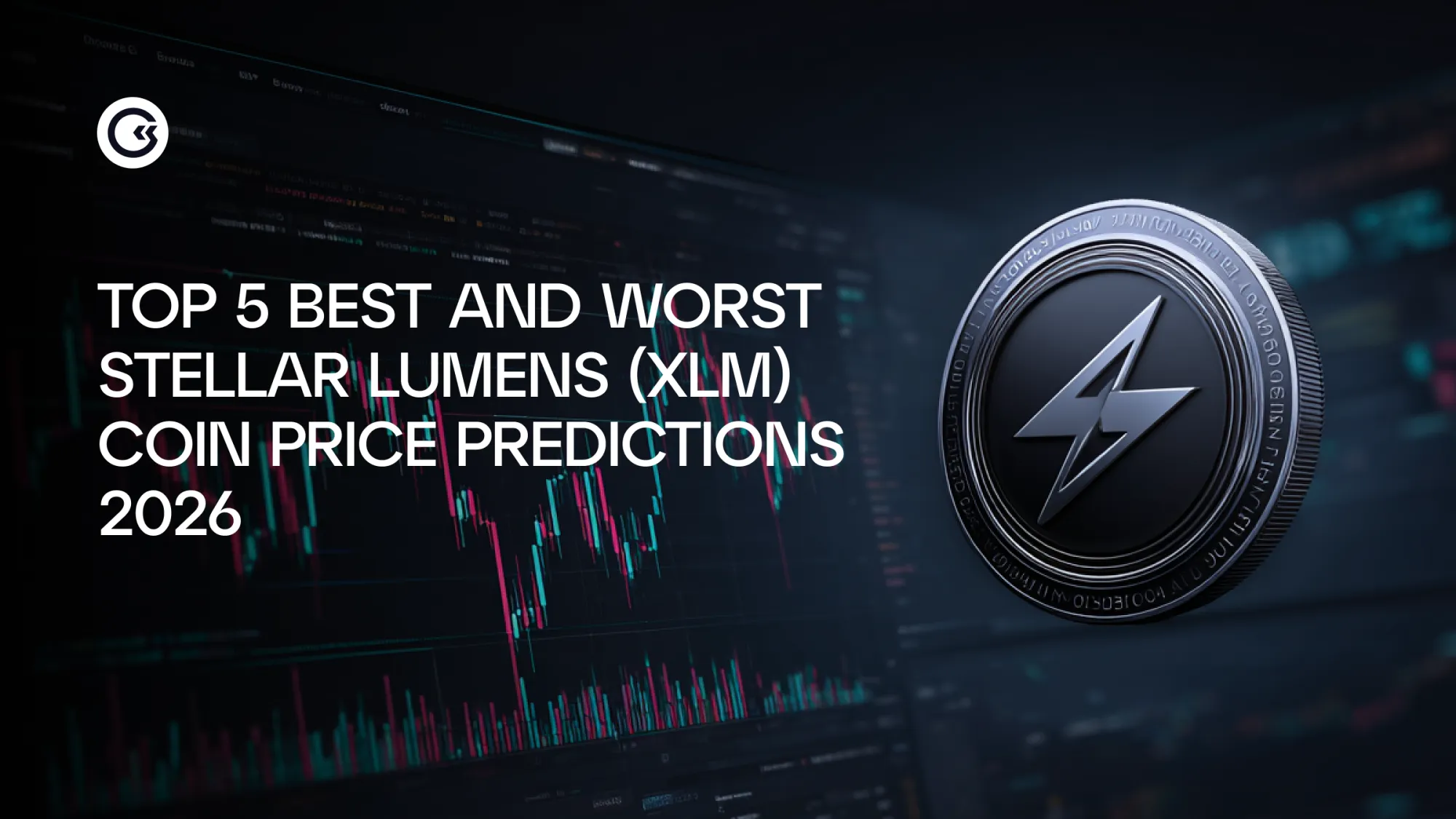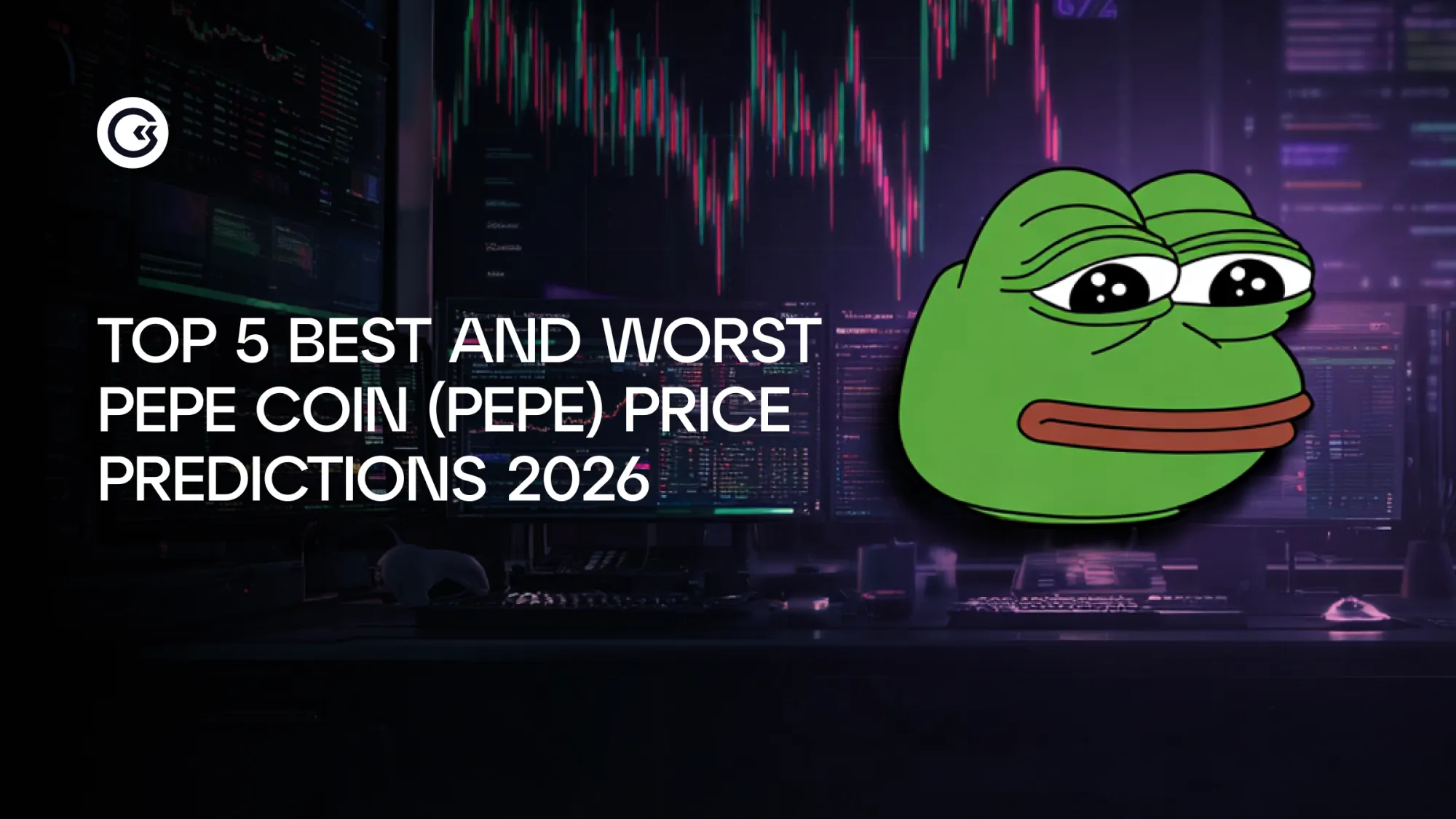Since its launch in 2009, Bitcoin has evolved from a digital experiment into a globally recognized financial asset. As its value and influence have grown, Bitcoin mining has shifted from a hobbyist activity to a large-scale, industrial sector that powers the network and draws increasing attention from governments and institutional investors.
Modern mining operations are capital-intensive, highly competitive, and closely linked to global energy markets. As the industry matures, it’s essential to understand how Bitcoin mining works, how the technology has advanced over the years, and what global trends are shaping its future.
How Bitcoin Mining Works
Bitcoin mining is the process of validating transactions and adding new blocks to the Bitcoin blockchain. Bitcoin transactions are broadcasted to the network. Miners collect these transactions into a block.
Miners use specialized hardware to perform a particular cryptographic operation called hashing, competing to be the first to find a valid hash. Nodes verify the block’s validity before adding it to the blockchain. The winning miner earns newly minted Bitcoin (block subsidy) along with transaction fees.

The Bitcoin Mining Process Visualized (Source: Digital Mining Solutions)
How Bitcoin Miners Get Compensated
Miners earn revenue through block rewards which consist of block subsidies and transaction fees.
The block subsidy is known and is cut in half every 210,000 blocks, or roughly every four years, this event is know as the Bitcoin halving. This process is designed to control the supply of new bitcoins and continues until all 21 million bitcoins are mined.
Block Subsidies and The Halving
When Bitcoin launched in 2009, miners earned 50 BTC per block.
The first halving in 2012 reduced this to 25 BTC, the second in 2016 to 12.5 BTC, and the third in 2020 to 6.25 BTC. As of the most recent halving in April 2024, the reward was further reduced to 3.125 BTC per block.

The Bitcoin Halvings and Block Subsidies (Source: Digital Mining Solutions)
By the 2024 halving, 93.75% of Bitcoin’s total supply—19,687,500 BTC—had already been mined.
Each halving reduces the rate at which new bitcoins are issued, with a total of 32 halvings expected before the full supply of 21 million BTC is reached around 2140. After that, no new bitcoins will be created, and miners will rely entirely on transaction fees for revenue.
This milestone, known as Bitcoin’s supply cap, will mark the end of new BTC issuance, reinforcing its scarcity.
Transaction Fees
In Bitcoin mining, transaction fees are the amounts users pay to have their transactions included in a block. Fees are paid in Satoshi’s (fractions of Bitcoin) per vByte (sat/vB), where vByte measures the size of a transaction in virtual bytes.
While the block subsidy is known, Bitcoin transaction fees are unknown and tend to fluctuate because they depend on supply (block space) and demand (users competing to get their transactions confirmed). The key reasons for volatility include:
- Limited Block Space: Each block has a fixed size (~1-4 MB), limiting how many transactions can fit.
- Competing Users: When many users want their transactions confirmed quickly, they must outbid others.
- Dynamic Fee Markets: Bitcoin Core’s mempool (a waiting area for unconfirmed transactions) adjusts dynamically, prioritizing higher-fee transactions.

Bitcoin blocks being added to the blockchain with specification of transactions (Source: Mempool.space)
Bitcoin’s transaction fee market is highly dynamic and event-driven. Periods of high transaction volume—whether due to trading activity, new protocols like Ordinals/Runes, or network congestion—can cause fees to spike.
Since miners rely increasingly on transaction fees (especially post-halving), these fluctuations will play a bigger role in Bitcoin’s long-term economics.
Industrialization through Innovation
Bitcoin mining has undergone a significant evolution, transitioning from CPU (Central Processing Unit) mining to GPU (Graphics Processing Unit) mining, and ultimately to the era of ASIC (Application-Specific Integrated Circuit) mining.
ASIC miners are specialized hardware designed exclusively for mining digital currency, offering unparalleled efficiency.
Over the past decade, computing power has surged by thousands of percent, while power consumption per unit of computation has dropped by 99%.

The Evolution of ASIC Hardware (Source: Avalon & Bitmain)
As Bitcoin mining has industrialized, it has shifted from individual hobbyists mining at home to large-scale operations in professional data centers. Today, the industry includes over 25 publicly traded mining companies.
Alongside this growth, miners have adopted sophisticated cooling technologies, advanced management software, and automation tools to streamline operations.
These innovations enable real-time monitoring, predictive maintenance, and optimal resource allocation, further improving efficiency and profitability.
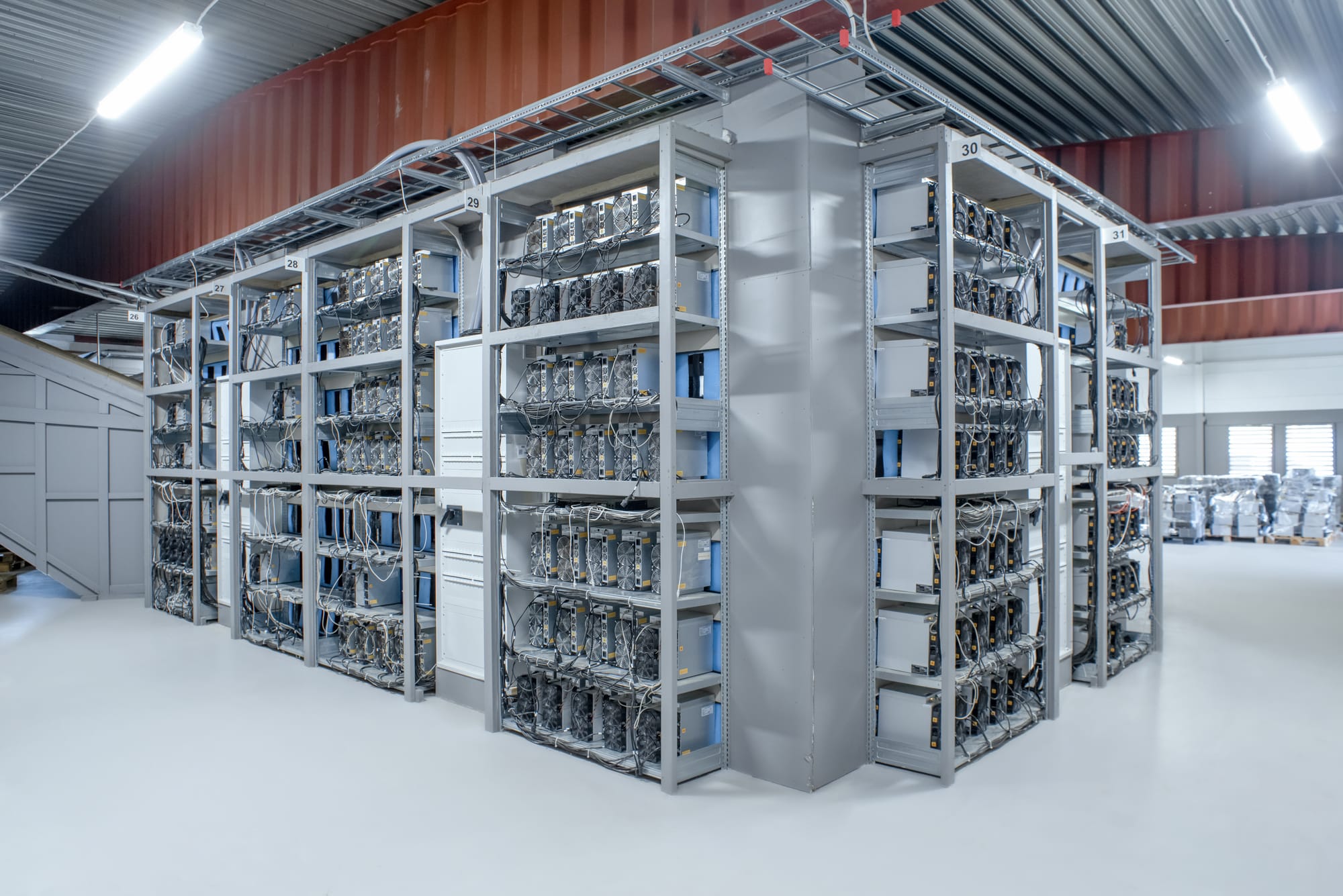
GoMining Data Center in Norway
Explosive Growth of Computing Power
The computing power dedicated to Bitcoin mining is measured by the network hashrate. Over the past five years, the total hashrate has skyrocketed from 100 EH/s to over 800 EH/s—a staggering 700% increase. This growth has been driven by over $100 billion in investments to expand mining infrastructure and by continuous advancements in mining hardware.
Modern ASIC miners are significantly more hashrate-dense, delivering greater computational power while consuming less energy per unit of compute (terahash).
As a result, the Bitcoin network has become increasingly energy-efficient, requiring less electricity to generate exponentially more computing power, reinforcing its resilience and security.

Explosive Hashrate Growth over the Past 5 Years (Source: Lincoin Lens)
A Global Industry
Bitcoin mining has evolved into a truly global industry, with operations spanning in every continent.
Miners strategically establish facilities in regions with abundant and cost-effective energy sources, such as hydro-rich areas in Canada and Paraguay, gas sites in North America and the Middle East, and regions with surplus geothermal and solar power.
This geographic distribution enhances Bitcoin’s decentralization and resilience by reducing reliance on any single jurisdiction.
The United States is currently the most dominant player with an estimated 36% of the global hashrate being produced in the US. Approximately half of this capacity is situated in Texas, making it the Bitcoin mining capital of the United States and arguably the world.
Texas hosts prominent publicly traded operators such as Riot Blockchain, Galaxy Digital, Bitdeer, MARA, Core Scientific, Hut 8, and Iris Energy.
The U.S. is followed by Russia (15.6%) and China (13.7%) as major players in Bitcoin mining. Notably, countries with abundant and underutilized hydropower, such as Paraguay and Ethiopia, have emerged as regional mining hubs, capitalizing on low-cost renewable energy.
In the Middle East, Oman and the UAE have aggressively expanded their mining industries, driven by government support and access to abundant natural gas and solar energy.
In Europe, mining is generally less attractive due to high electricity costs and ongoing energy challenges.
However, Scandinavia stands out as an exception, where mining operations integrate heat reuse systems to support district heating and greenhouse farming. By selling excess heat, miners in the region can offset operational expenses, making their businesses more cost-efficient and environmentally sustainable.

Bitcoin Mining has become a Global Industry (source: Hashrate Index)
Bitcoin mining continues to evolve, driven by technological advancements, economic incentives, and the global search for affordable energy sources.
As block subsidies decrease, transaction fees will play an increasingly important role in miner compensation, reshaping the industry's economics. Innovation in hardware efficiency, cooling technologies, and energy integration will further enhance mining profitability and sustainability.
With geopolitical shifts and regulatory changes influencing mining operations, decentralization remains a key factor in Bitcoin’s long-term resilience. As the industry matures, miners who adapt to market dynamics and leverage strategic opportunities will be best positioned for long-term success.
As the industry matures, Bitcoin mining is emerging as an increasingly attractive yield-generating asset for institutions seeking diversification in a rapidly evolving financial market. Institutional investors are recognizing its potential as an infrastructure-backed, income-generating asset that delivers compounding returns.
The GoMining Alpha Block fund bridges this opportunity, offering managed access to Bitcoin mining with the familiarity of a structured investment vehicle. To explore how GoMining Institutional provides access to Bitcoin mining as a yield-bearing strategy, visit institutional.gomining.com
Nico Smid, GoMining Institutional Research Analyst.
April 8, 2025







